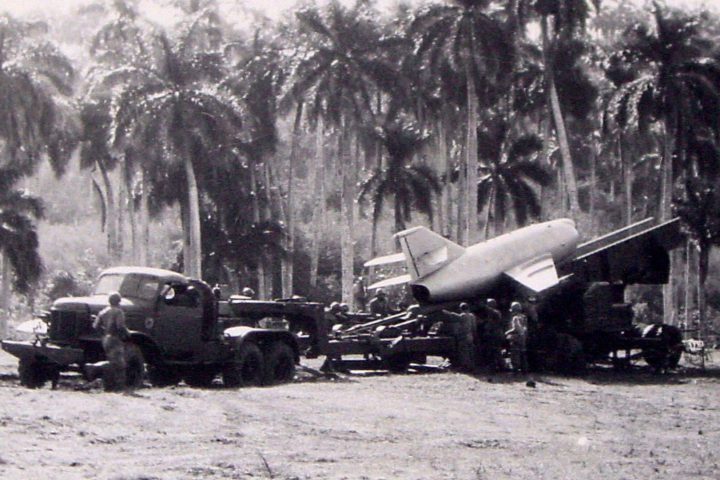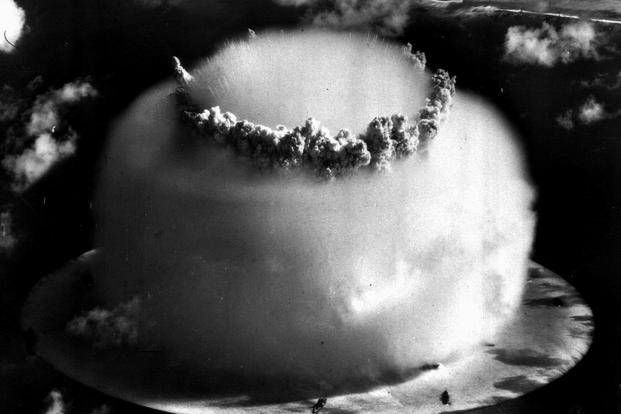— Nearly 60 years ago this week, we were one argument away from nuclear war
Lessons from the Cuban Missile Crisis remain important, yet Americans largely ignore foreign policy.
Archives: Quotes
“The real lesson of the Cuban missile crisis…is that nuclear armaments create the perils they are deployed to prevent, but are of little use in resolving them.”
— Pulitzer-winning historian Martin J. Sherwin, from his new book “Gambling With Armageddon: Nuclear Roulette from Hiroshima to the Cuban Missile Crisis”
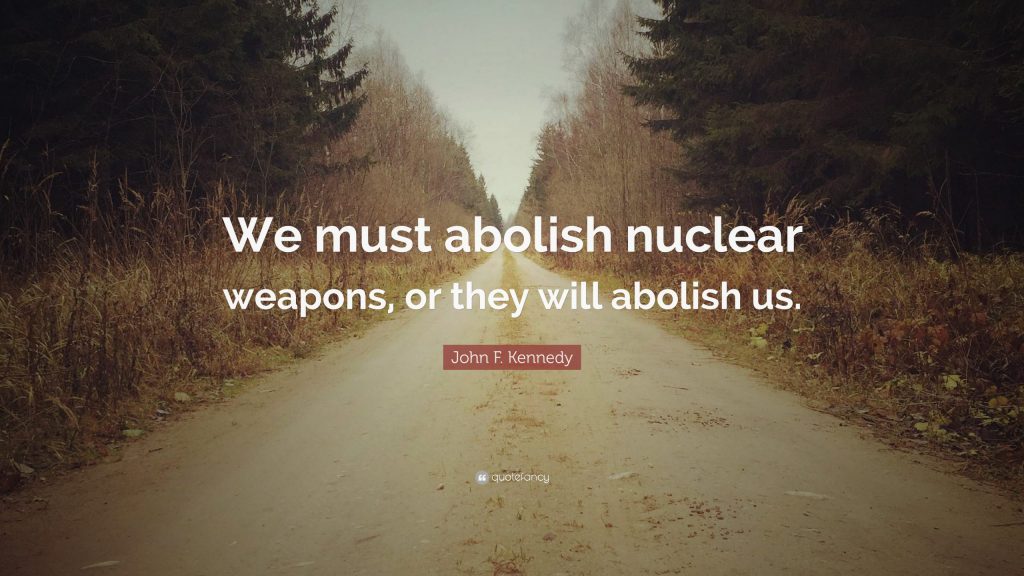
“Back then, no one thought the tests were dangerous…I just think it’s a travesty, and the government should not be allowed to get away with it.” – Danielle Stephens, on the radiation exposure from those nuclear tests that Stephens believes caused her cancer and that of 32 of her family members and scores of others who lived in lower Mohave County in the 1950s and ’60s. Her relatives had breast, colon, thyroid and kidney cancer, all of which have been linked to radioactive fallout.
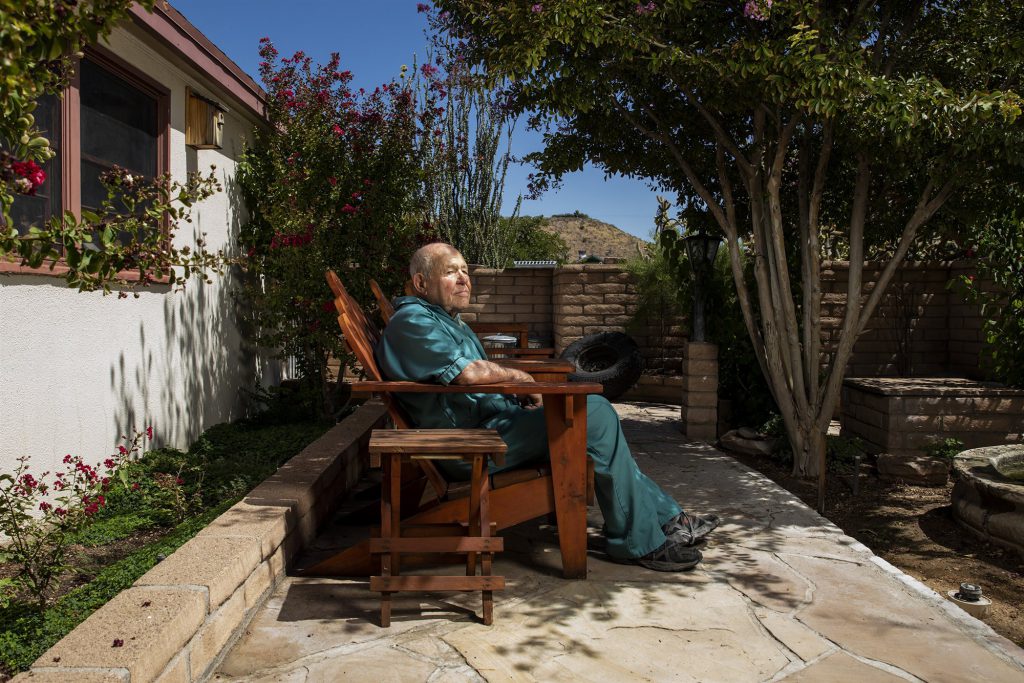
Arizona’s ‘downwinders,’ exposed to Cold War nuclear testing, fight for compensation | nbcnews.com
Time is running out to end the threat of nuclear war.
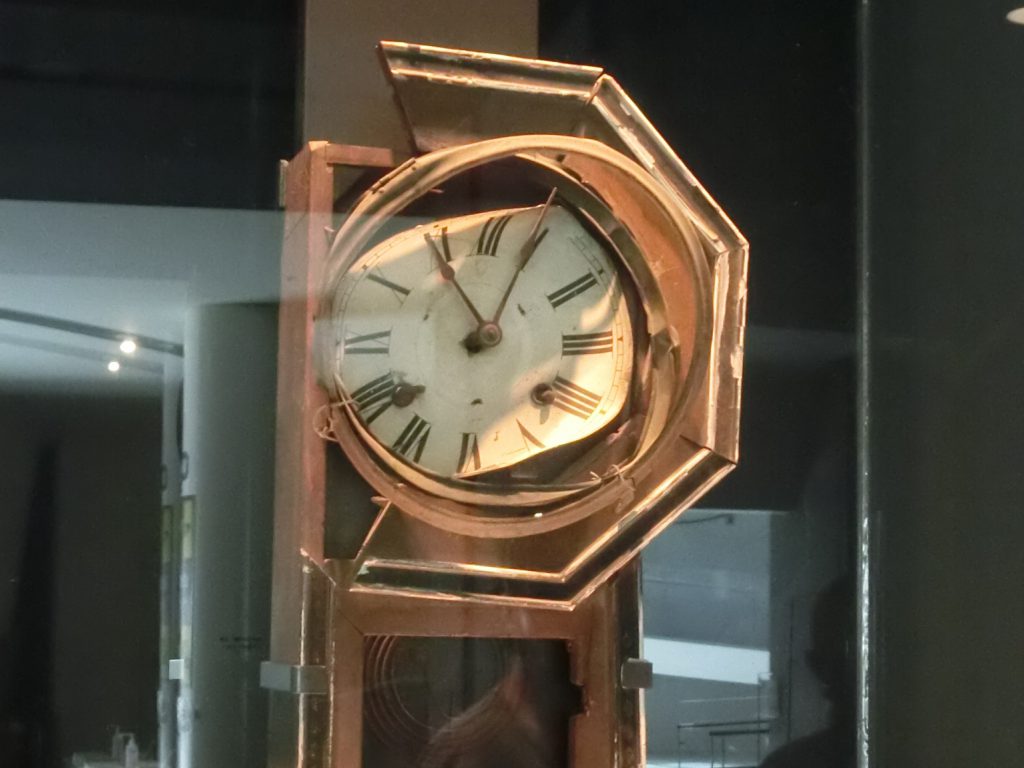
“The international arms control architecture is unraveling while there are currently 14,000 nuclear warheads with a combined destructive capacity of 100,000 Hiroshima bombs, over 90% in the hands of the U.S. and Russia…It is imperative that all states become parties to the Comprehensive Test Ban Treaty.”
Time is running out to end the threat of nuclear war. | denverpost.com
“The riskiest period of the Cold War was its earliest stages, when military and political leaders didn’t yet fully understand the nature of what Hiroshima had demonstrated. Emerging technologies like AI [artificial intelligence] threaten to plunge us back into that uncertainty.”
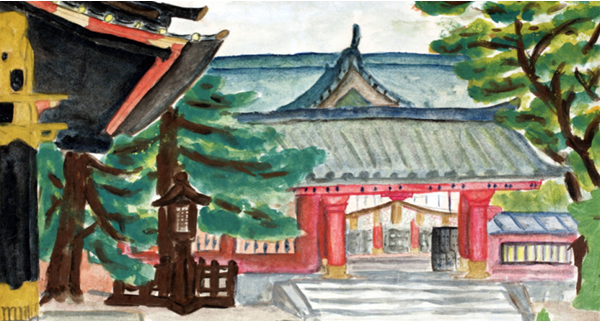
How new tech raises the risk of nuclear war
75 years after Hiroshima and Nagasaki, some experts believe the risk of the use of a nuclear weapon is as high now as it has been since the Cuban missile crisis. | axios.com
“Trump is dedicated to destroying the arms control regime. It may already be too late to renegotiate [the new START treaty], the last of the arms control treaties. He is now threatening to carry out nuclear weapons tests, tests that would undermine the Comprehensive Test Ban Treaty, almost 30 years. The United States never ratified it, but it has lived up to it. All of this opens the door wider for other countries to react the same way. The arms industry is of course euphoric. They’re getting huge new contracts to develop major weapons to destroy all of us. This encourages others to do the same. So there are new contracts down the road for hopeless means to try to defend ourselves against the monstrosities that we’re helping to construct. This is Trump, racing toward this, apparently enjoying it…Whether this can be contained within the constitutional structures of the United States, we don’t know.”
Noam Chomsky on Trump’s Troop Surge to Democratic Cities & Whether He’ll Leave Office if He Loses
The reason we haven’t had nuclear disasters isn’t careful planning. It’s luck.
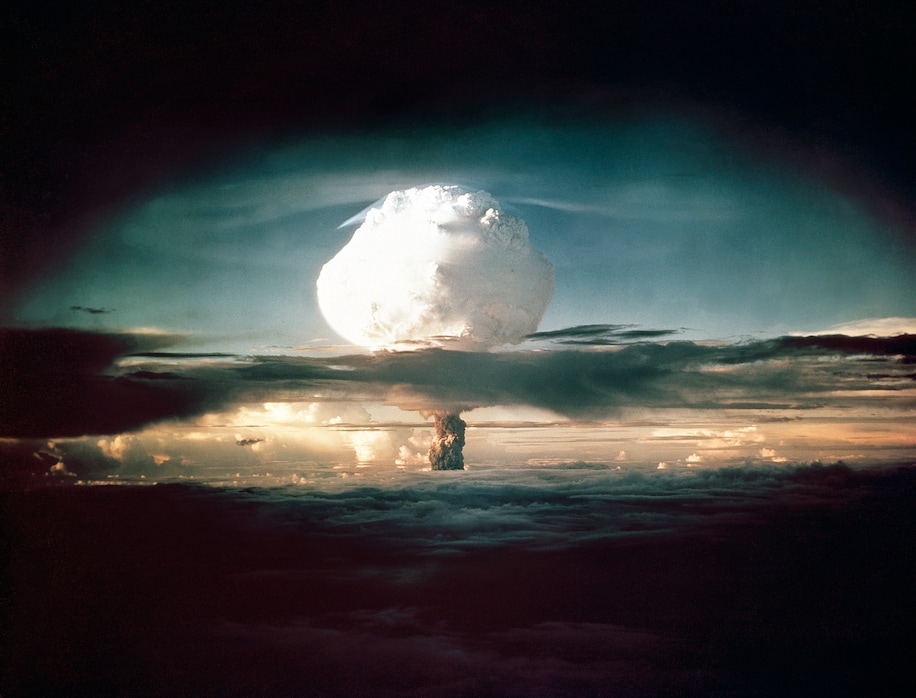
“Betting on another half-century with nuclear weapons, but with no new nuclear explosions, is not betting on succeeding twice at a game of control after a first victory. It’s betting our luck won’t run out in the future — simply because it hasn’t run out yet.”
The reason we haven’t had nuclear disasters isn’t careful planning. It’s luck. The alarming role of good fortune in the history o nuclear weapons | washingtonpost.com
“We knew the world would not be the same. A few people laughed, a few people cried, most people were silent. I remembered the line from the Hindu scripture, the Bhagavad-Gita. Vishnu is trying to persuade the Prince that he should do his duty and to impress him takes on his multi-armed form and says, “Now I am become Death, the destroyer of worlds. I suppose we all thought that, one way or another.”
Robert Oppenheimer on the Trinity test; interview in The Decision to Drop the Bomb, Atomic Archive movie
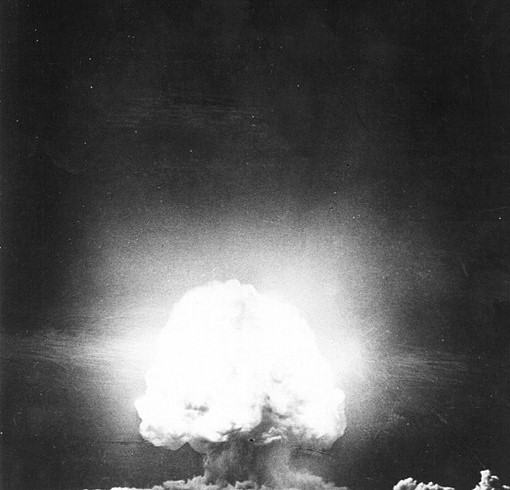
“Seventy-five years ago, President Truman gave himself exclusive power over nuclear war. Every president since has clung to it. It was bad policy then; it is inexcusable now. We no longer need to take these risks, and we can safely back away from the brink…
It is time to retire the nuclear button. No one should have the unchecked power to destroy the world.”
— William J. Perry & Tom Z. Collina
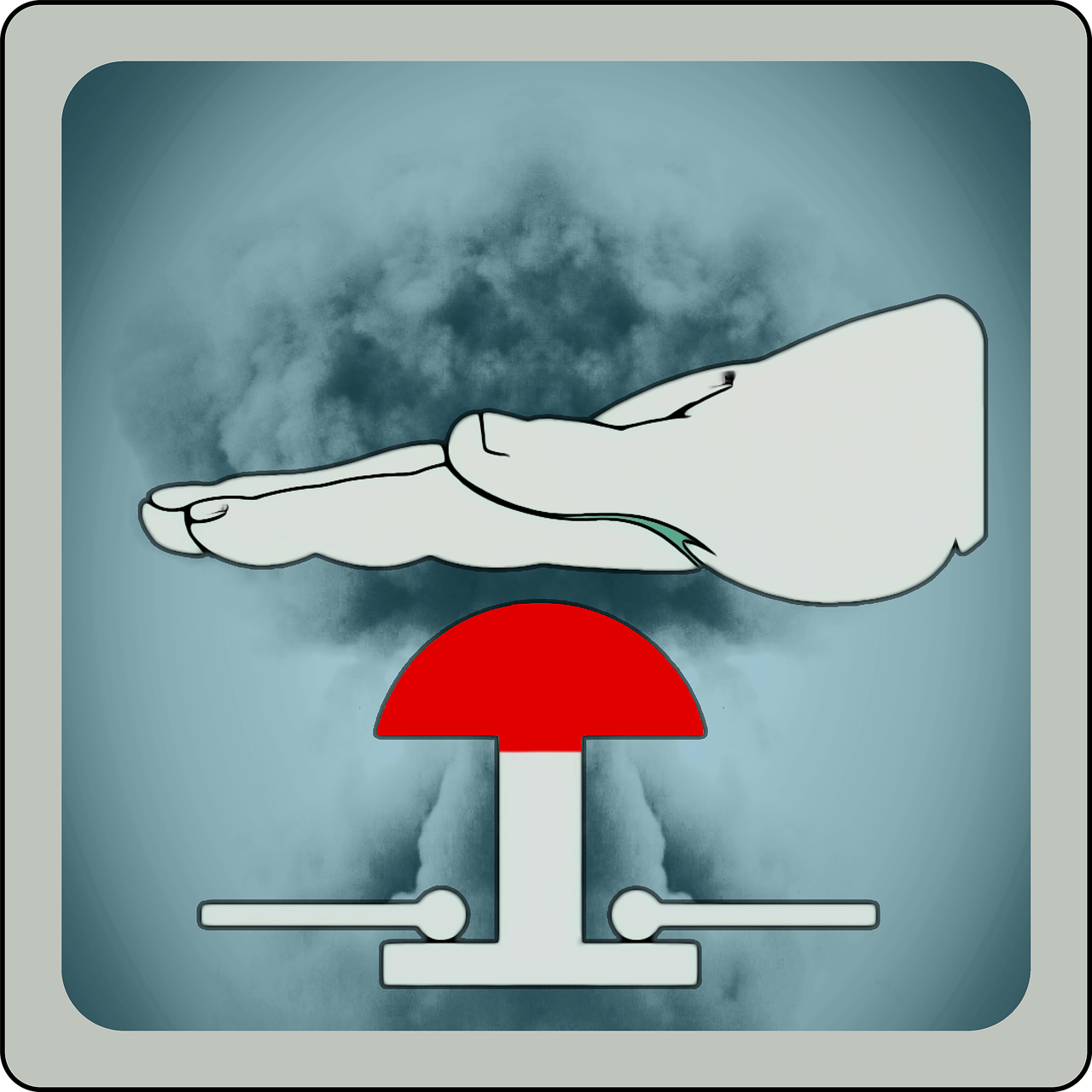
THE NEW YORK TIMES:
Who Can We Trust With the Nuclear Button? No One.
“For many, in Utah and across the country, the horrors of nuclear testing never ended — even after it was made illegal both above ground in 1963 and underground in 1996.” — thehill.com
— Don’t Bomb America Again
“US resumption of nuclear testing would accelerate the emerging nuclear arms race and damage prospects for nuclear arms control negotiations…Testing would generate fear and mistrust and would entrench reliance on nuclear arms. It would move the world away from rather than towards a world free of nuclear weapons.” — Statement of the Annual Meeting of the Abolition 2000 Global Network to Eliminate Nuclear Weapons
“Those who sacrificed for our country’s national security, in some cases unknowingly, should not have to doubly fear this crisis,” — Groups Demand Relief for Nuclear Frontline Communities
Over 120 local and national organizations are urging the U.S. Congress to provide assistance to nuclear frontline communities.
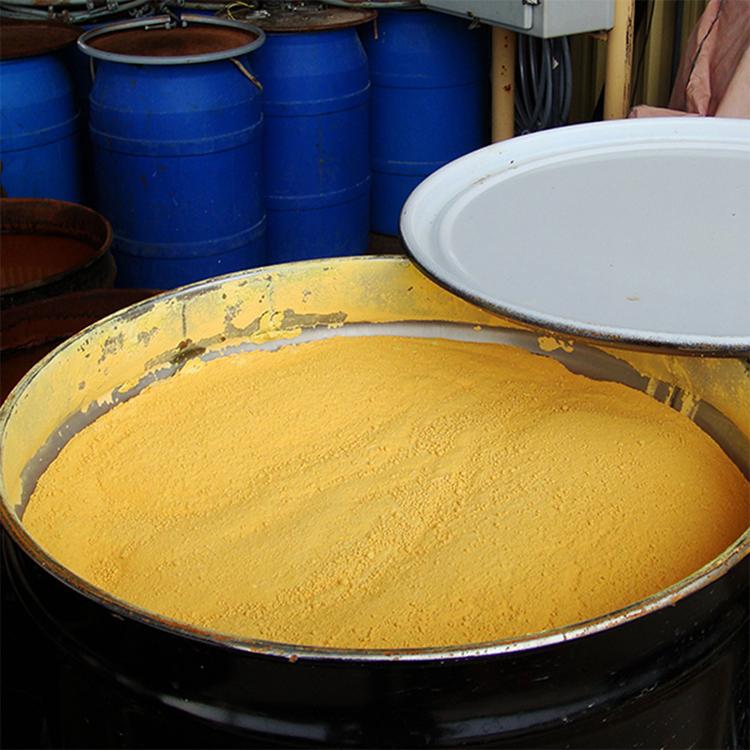
(Photo courtesy of U.S. Department of Energy)
“Just as the threat of the new coronavirus must be met by cooperation, common-sense and solidarity among peoples and nations, so must the danger of a nuclear war…
Humankind cannot remain oblivious of this persisting danger to its own survival.” — The Novel Coronavirus and Nuclear Weapons
As with viruses, containment of atomic weapons may be good, but eradication is best. —
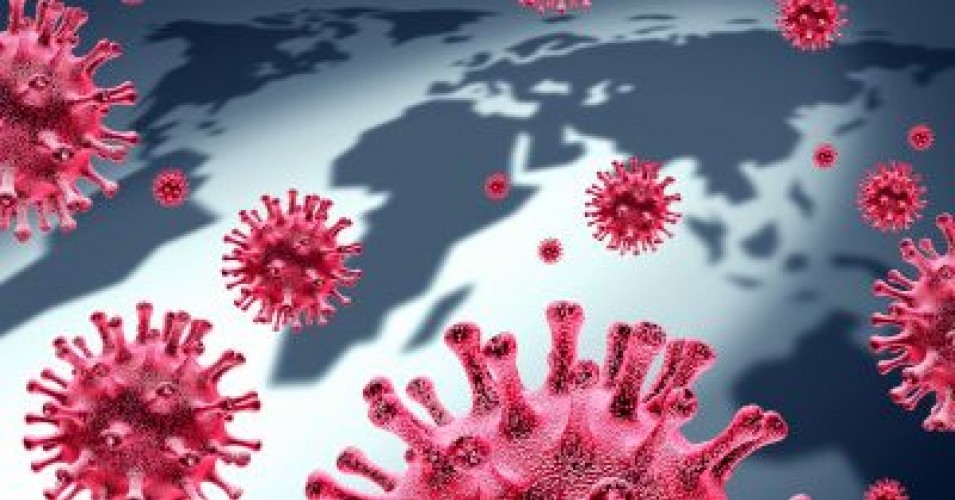
“While the 20th century equated national security with bombs, bullets and geography, national security in the 21st century is focused on 1s and 0s — the basis of our digital world — and dollars and cents. Reprioritizing spending away from weapons and towards maintaining U.S. economic, scientific and technological superiority will put us on the path toward economic growth and prosperity.” — Coronavirus unmasks America’s real national security vulnerabilities
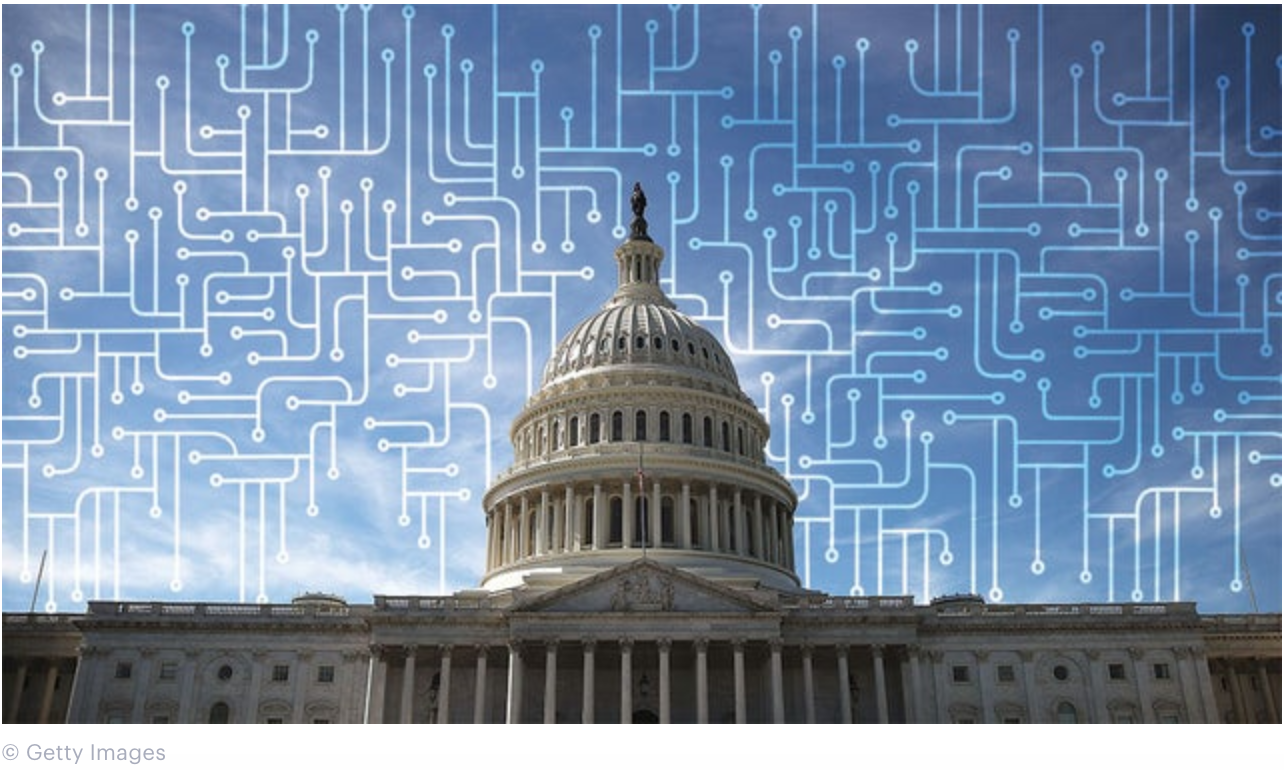
“Let us not recover from the coronavirus only to find ourselves in an even more dangerous world, one menaced by an uncontrolled arms race and persistent fear of nuclear escalation.” — Now Is Not the Time to Start an Arms Race
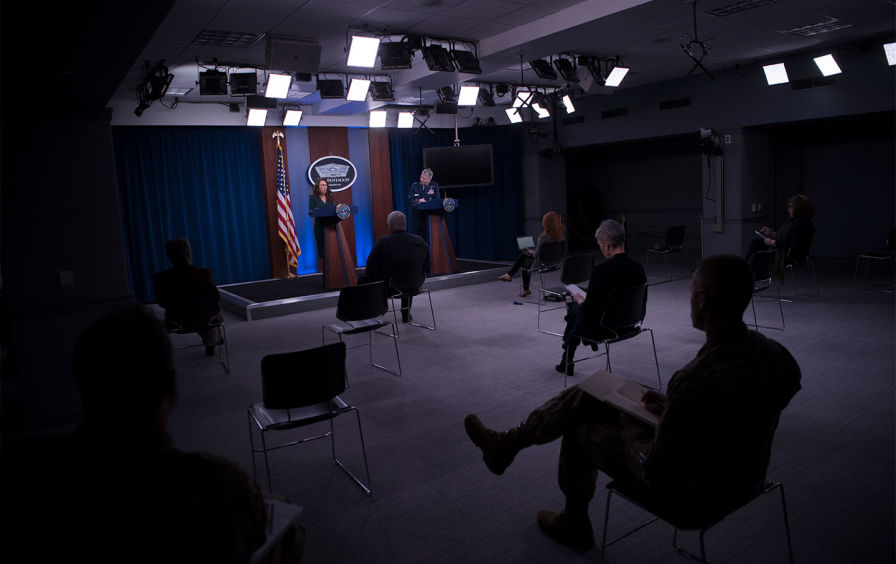
As the coronavirus spreads, Congress still has to review the Pentagon’s defense budget request.
“Nuclear power robbed us of everything. We still can’t go into the forests. Families with children used to go into the forest to gather wild plants and teach about nature. That was a common practice, taken for granted. But today we can’t do any of that.” — Kenichi Hasegawa, a former dairy farmer in Namie Town, Fukushima

Nine years have passed since the Great East Japan Earthquake and tsunami struck the Tohoku region on March 11, 2011, causing the ensuing accident at the Fukushima Daiichi nuclear power plant. The effects of this disaster are ongoing: radiation contaminated a large area and has had serious impacts on the environment and the livelihoods that depended so much on the natural environment.
With sadness but no ceremony, Japan marks disaster anniversary
“This destabilizing deployment further increases the potential for miscalculation during a crisis,”
House Armed Services Committee Chairman Adam Smith (D-Wash.), an opponent of the Trump Administration’s Nuclear Posture Review report’s call for new low-yield warhead capabilities, on the decision to deploy the W76-2. He further described it as “misguided and dangerous.” — armscontrol.org

U.S. Deploys Low-Yield Nuclear Warhead – Shannon Bugos
The U.S. Navy has fielded a low-yield nuclear warhead for some of its submarine-launched ballistic missiles for the first time, the Defense Department confirmed in February.
“[Even] a “limited” India-Pakistan nuclear war would significantly affect every person on the globe, be they a school teacher in Nebraska, a factory-worker in Shaanxi province or a fisherman in Mombasa.”
Sebastien Roblin — nationalinterest.com
“Nowhere On Earth Would Be Safe From An India-Pakistan Nuclear War”
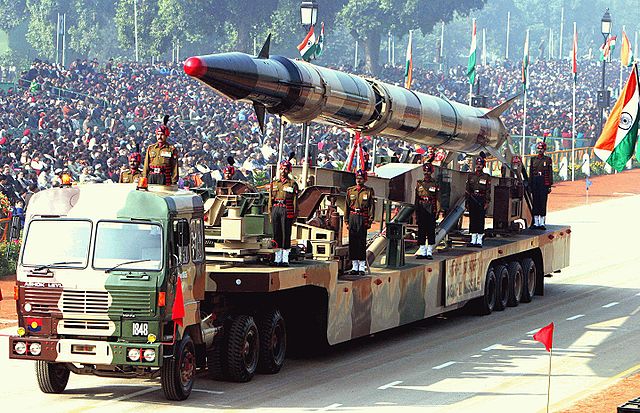
The India-Pakistan conflict is the world’s most dangerous.
India’s official policy is that it will never be first to strike with nuclear weapons—but that once any nukes are used against it, New Dehli will unleash an all-out retaliation.
“So as this evolved over time, nuclear deterrence and nuclear war fighting became almost indistinguishable — and that’s the rabbit hole that some presidents in times of crisis have tried to scramble out of. Once you accept a couple of premises, you can get caught down this rabbit hole very quickly, where it almost becomes an inevitable thing that you end up using these weapons…”
— Quote from “The Bomb: Presidents, Generals, and the Secret History of Nuclear War,” by Fred Kaplan
“Peace and international stability are incompatible with attempts to build upon the fear of mutual destruction, or the threat of total annihilation,”
In Nagasaki and Hiroshima, Pope Francis calls for abolishing nuclear weapons
“It’s in everyone’s interest to carefully, and most of all publicly, assess whether it’s a good idea to aggressively expand the manufacturing of key components of nuclear weapons,”
— Geoff Fettus, Senior Attorney at National Resources Defense Council (NRDC)
NNSA: No new programmatic environment study needed for plutonium pit production at LANL
“The Pacific was victimized in the past as we all know by the scores of nuclear weapons tests above ground, on the ground and underwater in the Marshalls. The consequences of these have been quite dramatic, in relation to health, in relation to the poisoning of waters in some areas,”
– United Nations Secretary General Antonio Guterres
Congress Directs Repairs to Nuclear Waste ‘Coffin’ Left Over from Atomic Bomb Tests
Congress has taken notice of the otherworldly concrete dome on a spit of coral in the central Pacific that serves as a massive radioactive trash can for doomsday weapons waste.
ARTICLE BY: RICHARD SISK | military.com


